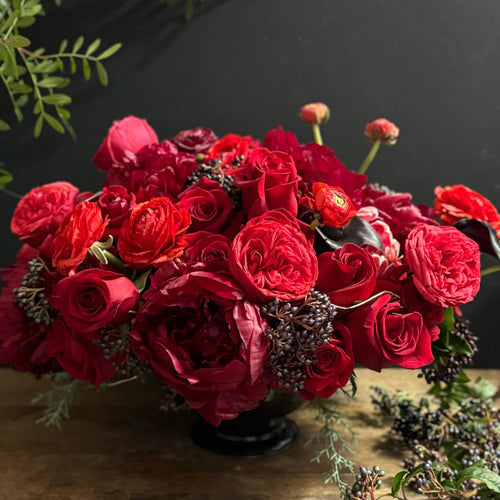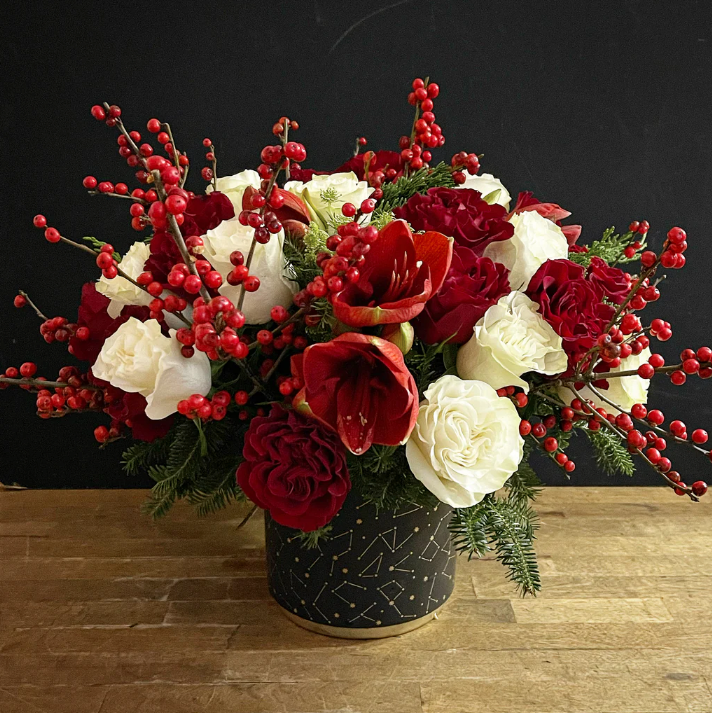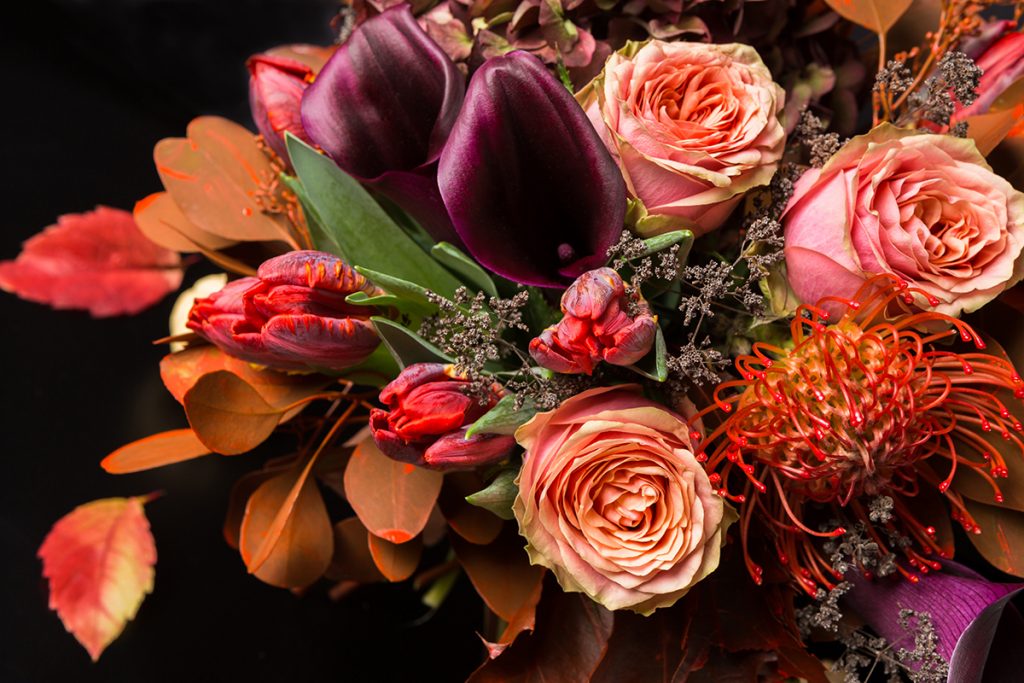Arrange floral classes as a gift, a team event or for yourself. Allow us to inspire you to enjoy hands-on creativity!
Forget spooky clichés—this Halloween, embrace warmth and creativity. Discover how Alaric transforms pumpkins and fall blooms into chic, festive arrangements.
Transform your next dinner party or event with a bespoke floral tablescape. From intimate gatherings to grand affairs, flowers bring the table to life.
NYC summers are hot, but your flowers don’t have to wilt. Here’s how to care for your summer arrangements and keep them fresh, vibrant, and long-lasting.
Planning a wedding in NYC? Alaric Flower Design creates elegant bridal bouquets, ceremony flowers, and centerpieces tailored to your vision and venue.
Alaric Flower Design creates weekly floral installations for Manhattan hotels—lobby displays, spa florals, and brand-aligned arrangements that elevate the guest experience.
Valentine’s Day is the ultimate celebration of love, and nothing expresses your feelings quite like a beautiful bouquet of flowers....
As the Chinese New Year approaches, homes and celebrations come alive with vibrant colors, joyful gatherings, and thoughtful traditions. Among...
The holiday season is here, and nothing adds warmth and festive cheer to your home like a beautiful flower arrangement....
Fall Flowers As the leaves start to change color and the air becomes crisp, fall brings a new palette of...
Spring is a season of renewal and growth, making it the perfect time to brighten up the lives of your...
Flowers are nature's way of painting the world with vibrant colors, and when it comes to a stunning display of...










